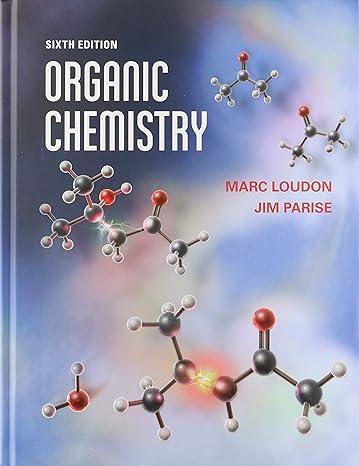Poly-l-lysine (a peptide containing only lysine residues) exists entirely in an a-helical conformation at pH > 11.
Question:
Poly-l-lysine (a peptide containing only lysine residues) exists entirely in an a-helical conformation at pH > 11. Below pH 10, however, the peptide becomes a random coil. Poly-l-glutamic acid, on the other hand, exists in the a-helical conformation at pH < 4, but above pH 5 it becomes a random coil. Explain the effect of pH on the secondary structure of both polymers. That is, explain why low pH destroys the helical conformation of one peptide while high pH destroys the helical conformation of the other.
Fantastic news! We've Found the answer you've been seeking!
Step by Step Answer:
Related Book For 

Question Posted:





